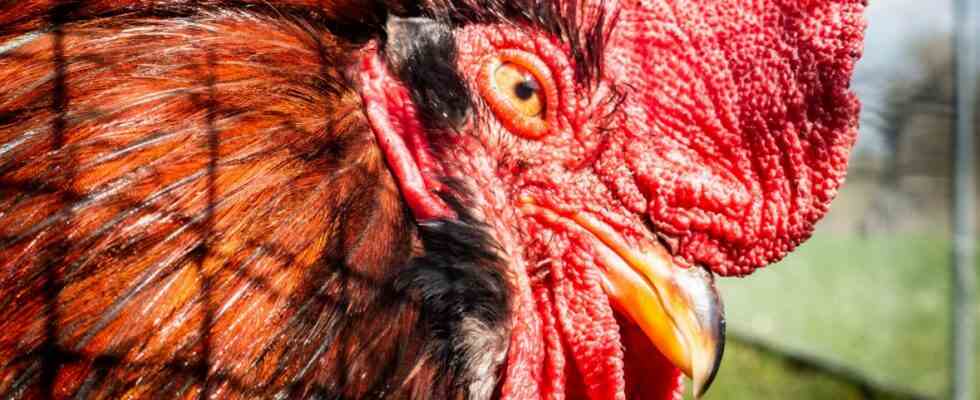According to a study more than 3000 years ago, people in the area of today’s Thailand were the first known chicken keepers. This means that, according to an international team of researchers, the birds only started relatively late on their way to becoming the most widespread livestock in the world in terms of numbers in the Proceedings of the National Academy of Sciences (PNAS) describes. According to data from the Food and Agriculture Organization (FAO) from 2020, around 33 billion chickens are being kept in the world – in addition to around one billion pigs and one and a half billion cattle.
The group led by Joris Peters, director of the Munich State Collection for Anthropology and Paleoanatomy, believes that rice cultivation in Southeast Asia was the starting signal for the domestication of wild chickens.
One of the previous assumptions was that chickens had been domesticated in China several thousand years earlier. The new study challenges these hypotheses. It shows for the first time “how wrong our idea was when and where chickens were first domesticated,” said co-author Greger Larson of the University of Oxford. There are several difficulties when evaluating chicken finds, among other things, the bones are often confused with other bird species or they slip into other layers of earth during excavations, which can lead to incorrect dating.
The team examined chicken remains from more than 600 sites in 89 countries. Among other things, the researchers examined the skeletons and the sites where they were found. They also looked at pictorial representations and writings from the respective period in which poultry played a role.
reverence for fowl
Accordingly, the oldest bones that can be unequivocally assigned to domestic fowl (Gallus gallus domesticus) come from a site at Ban Non Wat in central Thailand. They have been dated to between 1650 and 1250 BC – pigs and cattle were kept many thousands of years earlier.
Chickens later reached central China, southern Asia and Mesopotamia, the study authors said. According to the study, they did not arrive in Europe until around 800 BC. The researchers do not rule out that there could be even older finds in the future, which then point to an earlier connection between humans and chickens.
The researchers emphasize that during the Iron Age in Europe, chickens were generally not considered food, but revered. So people were buried together with intact chickens. Only later in the Roman Empire did it become more common to eat chickens and their eggs. “Eating chicken is so common that many people assume it was always eaten, but our results show that our early relationships with chickens were much more complex,” said co-author Naomi Sykes of the University of Exeter.
The researchers assume that the first domestic chickens descended from the Burma Bankiva chicken (Gallus gallus spadiceus). Among other things, the cultivation and storage of rice and millet could have led to the Bankiva chickens coming to human settlements – and staying there because of the food supply.
According to the study, the chickens were later transported first within Asia and then around the Mediterranean Sea on routes used by the early Greeks, Etruscans and Phoenicians.

